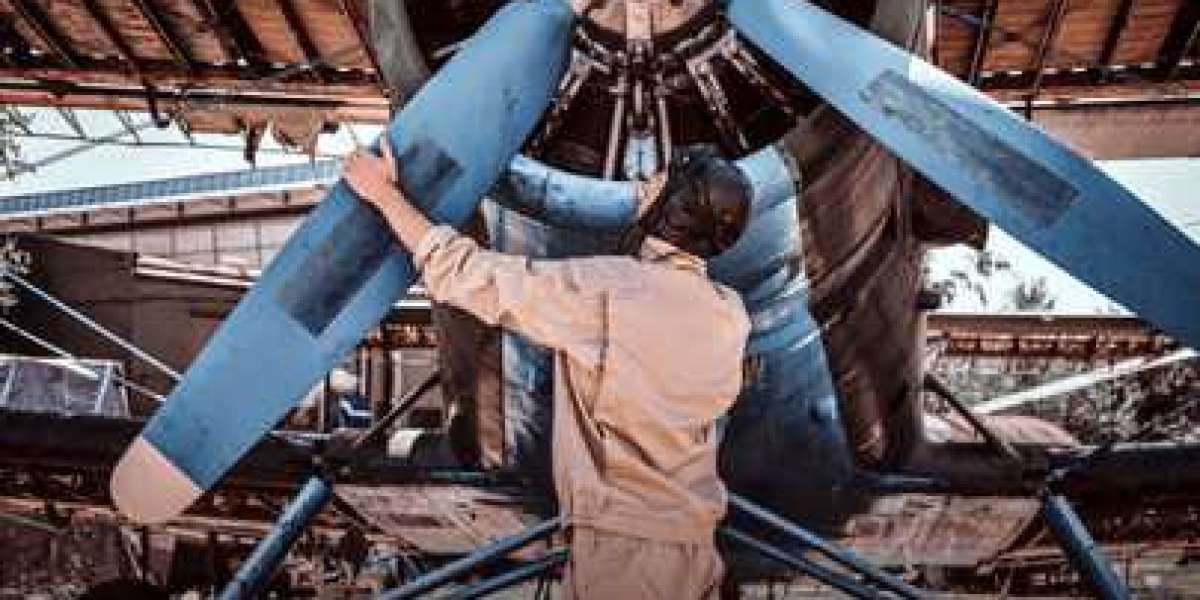When we think of aviation, our minds often go to the sleek aircraft cutting through the sky or the pilots skillfully navigating them. Yet, behind every successful flight is a team of highly trained professionals ensuring that the aircraft is safe, reliable, and airworthy—Aircraft Maintenance Engineers (AMEs).
Who Are Aircraft Maintenance Engineers?
Aircraft Maintenance Engineers are licensed professionals responsible for the inspection, maintenance, repair, and certification of aircraft. Their work ensures that every flight meets the strict safety and performance standards set by aviation regulatory bodies. Without AMEs, the aviation industry simply could not function.
The Role of an AME
AMEs are tasked with a wide range of responsibilities, including:
Pre-flight and post-flight inspections to detect any issues.
Scheduled maintenance to prevent wear and tear from compromising safety.
Troubleshooting mechanical and electronic systems such as engines, hydraulics, landing gear, avionics, and more.
Keeping meticulous records of maintenance performed and ensuring compliance with regulations.
Certifying aircraft as airworthy after repairs or modifications.
Their work is guided by precision, adherence to safety protocols, and a deep understanding of aircraft systems.
Types of Aircraft Maintenance Engineers
AMEs may specialize in different areas depending on their training and licensing. Common categories include:
Mechanical (Category A/B1): Focused on aircraft structure, engines, and mechanical systems.
Avionics (Category B2): Specialized in electrical systems, navigation, communication, and flight control systems.
Category C: Supervisory engineers who certify the aircraft after complex maintenance involving multiple systems.
Each role requires rigorous training, exams, and hands-on experience.
Training and Certification
Becoming an AME is no small feat. It involves:
Completing an approved AME training program (typically 2–4 years).
Gaining practical experience through apprenticeships or internships.
Passing regulatory exams administered by aviation authorities (such as EASA in Europe, DGCA in India, FAA in the U.S.).
AMEs must stay current with ongoing technological changes and regulatory updates, often undergoing recurrent training.
The Importance of AMEs in Aviation Safety
According to global aviation safety standards, the quality of aircraft maintenance is directly linked to overall flight safety. AMEs are on the front lines, making critical decisions that impact passenger and crew safety. Their diligence helps prevent accidents, reduces downtime, and ensures regulatory compliance.
Challenges and Rewards
Challenges:
Working under high-pressure conditions.
Being on-call during odd hours or harsh weather.
Dealing with evolving technologies and tight schedules.
Rewards:
High job satisfaction from ensuring public safety.
Opportunities for specialization and international careers.
Competitive salaries and job security.
Looking Ahead
As aircraft technology advances—with electric planes, AI-driven diagnostics, and sustainable aviation fuel on the horizon—the role of Aircraft Maintenance Engineers will become even more crucial. Their adaptability and expertise will shape the future of safe and sustainable air travel.
Conclusion
While pilots fly the planes, it's the Aircraft Maintenance Engineers who give them the wings to do so—safely and reliably. Their precision, commitment, and behind-the-scenes work keep the world of aviation soaring. It’s time we recognize and celebrate the invaluable contribution of these aviation professionals.




